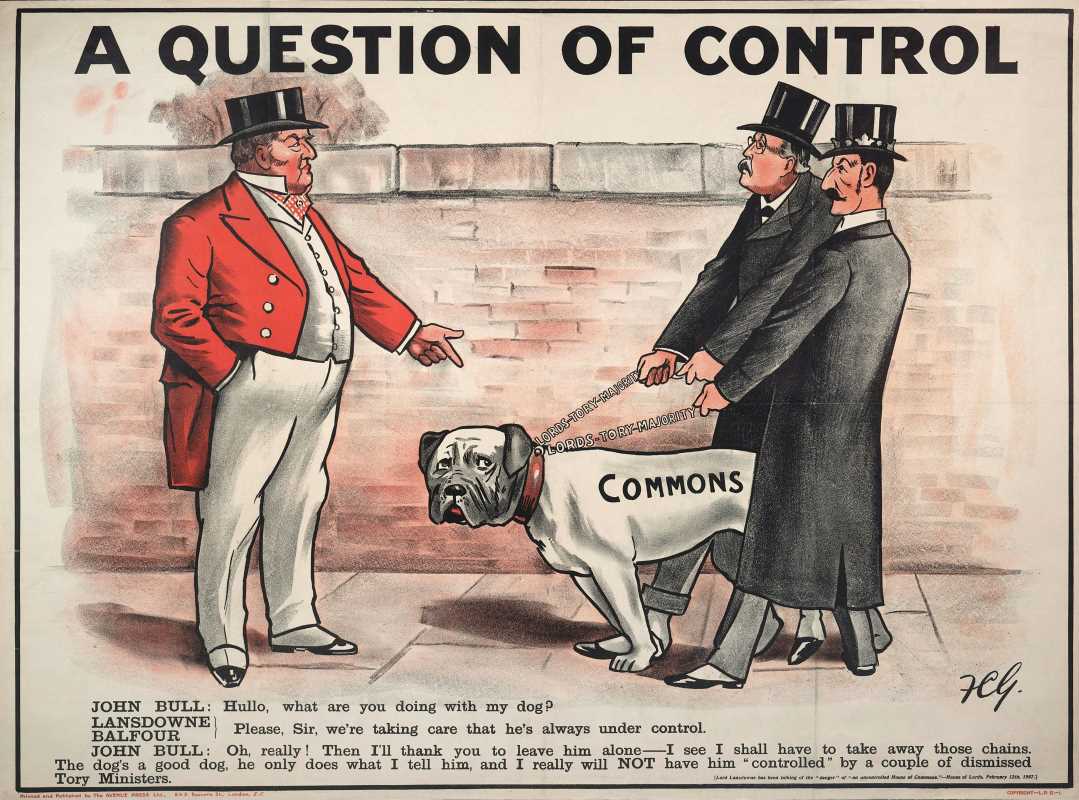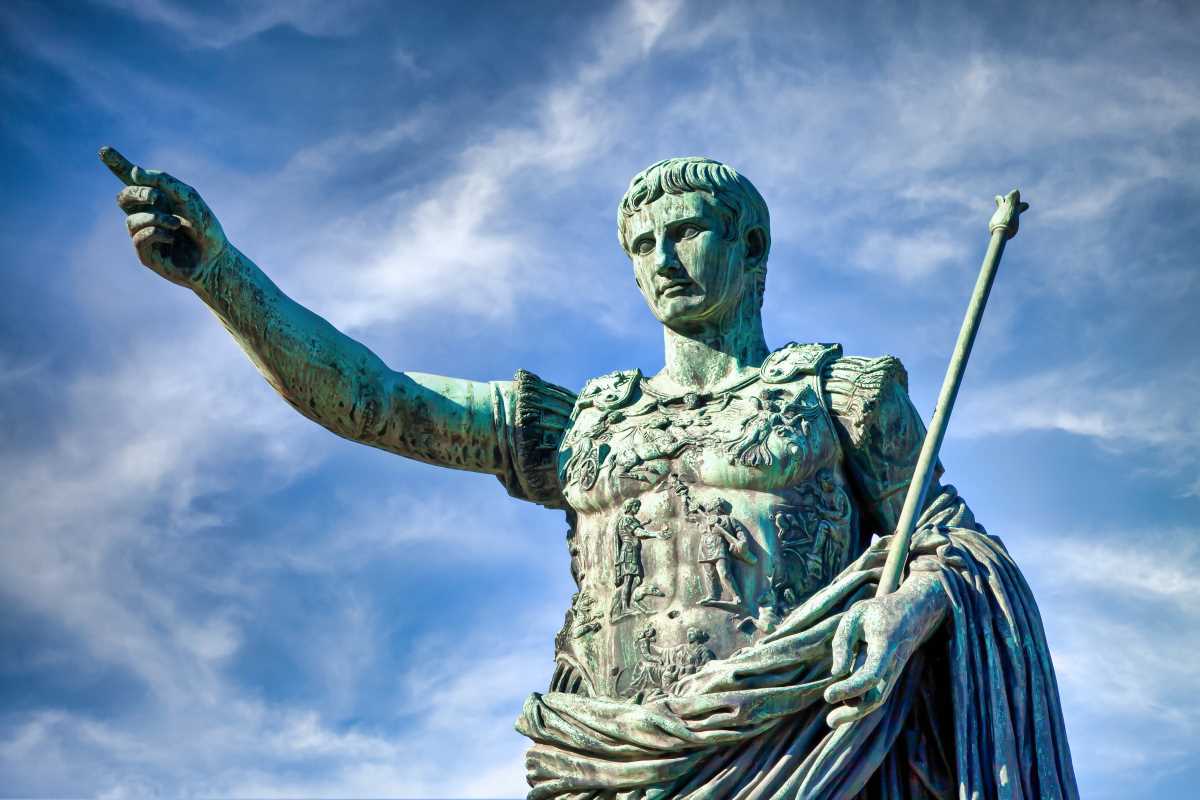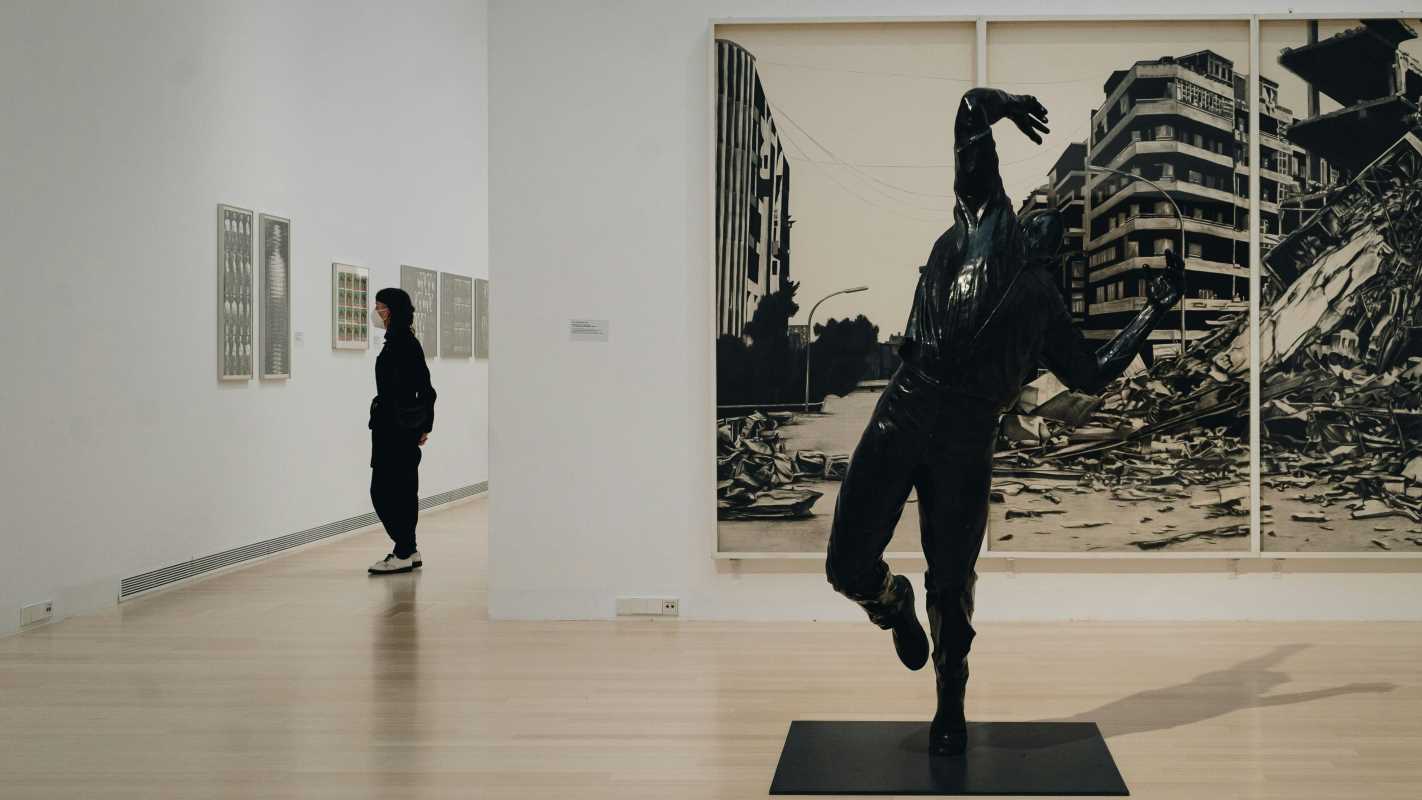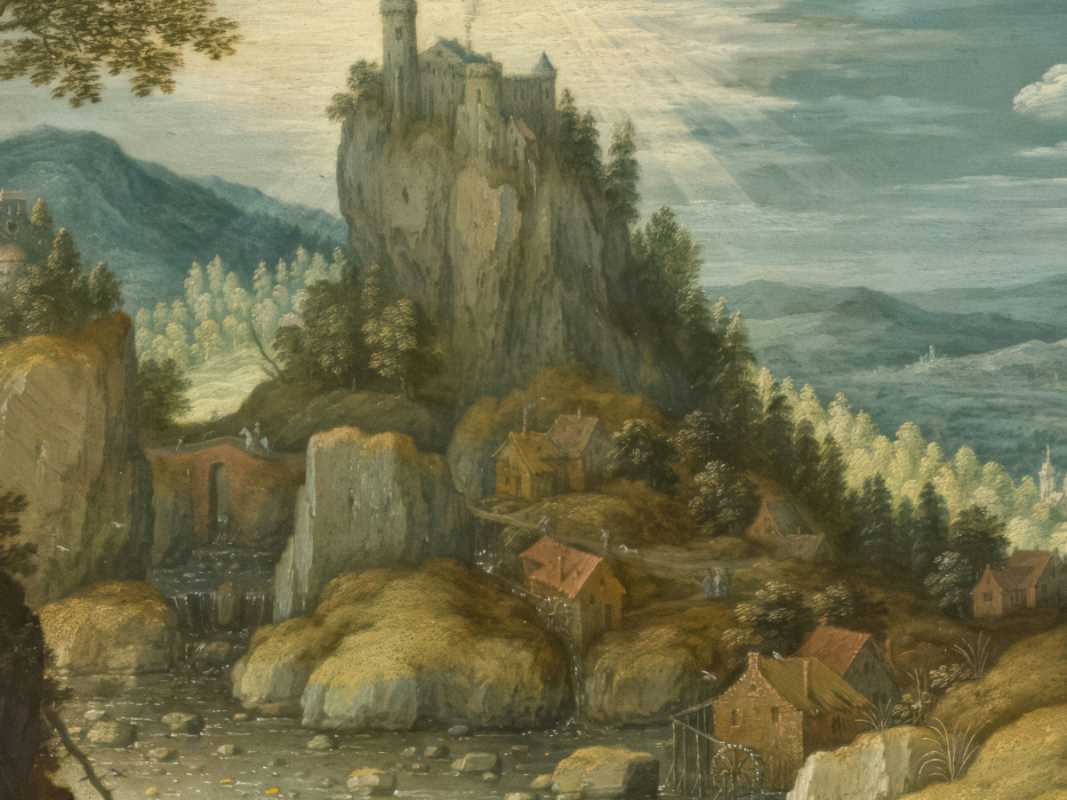Political cartoons hold a unique place in the artistic and political world. Combining satire, symbolism, and visual wit, these illustrations transcend simple commentary, often shaping public opinion in profound ways. For centuries, they have served as tools for critique, humor, and even revolution, helping societies understand and question the systems that govern them.
By distilling complex political ideas into accessible imagery, political cartoons have remained a vital form of expression, surviving the test of time as both an artform and a societal barometer.
The Beginnings of Political Satire
The roots of political cartoons can be traced back to the early modern era when printmaking made it possible to produce images en masse. This accessibility fueled the spread of satire, allowing artists to broadcast humor and critique to a wide audience. Emerging from the Renaissance period, cartoons at the time were often tied to religious or monarchic disputes, using symbolism and caricature to comment without risking outright confrontation.
One of the earliest influential figures in this realm was William Hogarth in 18th-century England. His series of works such as A Rake’s Progress captured the moral and political failings of the upper classes, using humor to shed light on societal injustices. Hogarth’s ability to blend narrative art with biting critique laid the groundwork for what political cartoons could achieve.
The invention of the printing press marked a turning point for cartoonists. Suddenly, their messages could reach beyond city walls and directly influence public opinion. By the 1700s, artists in Europe and the Americas were using illustrations to promote revolutions, criticize monarchs, and advocate for social change. Figures like James Gillray elevated the cartooning craft further, with works that skewered British and Napoleonic politics, earning him the title of the “father of political cartoons.”
This early foundation shows how cartoons were never just amusing sketches; they embodied the frustrations of the common people and were often integral to movements pushing for change.
Political Cartoons and Revolution
Throughout history, moments of political upheaval have witnessed a surge in the importance of cartoons. During the American and French revolutions, political illustrations became powerful propaganda tools that cut across literacy barriers. These works appealed to emotion, using satire to ridicule the aristocracy and amplify revolutionary ideals.
The French Revolution in particular was rife with visual mockery of King Louis XVI and Queen Marie Antoinette. Cartoons of the era often depicted the monarchy as gluttonous and oblivious to the suffering of the masses. These drawings didn’t merely entertain; they galvanized dissent and kept public pressure alive. Similarly, in revolutionary America, images like Benjamin Franklin's famous Join, or Die segmented snake cartoon rallied colonists around the cause of unity in the fight against Britain.
By highlighting inequalities and absurdities in the ruling classes, revolutionary-era artists proved that humor could be as effective as speeches or pamphlets in rallying the populace. Satirical newspapers capitalized on this momentum, becoming platforms for cartoonists to deliver sharp critiques disguised as entertainment.
One unique aspect of political cartoons during revolutions was their ability to simplify lofty philosophical ideas. While debates about democracy or liberty might have been esoteric for some, cunning imagery made those same debates relatable. It’s a testament to the universality of visual satire that these pieces remain studied as much for their artistry as for their political impact.
Symbolism and the Art of Caricature
Symbolism, metaphor, and exaggeration are the core pillars of political cartooning. They allow artists to compress complex topics into single images, often laden with multiple layers of meaning. At the heart of this style is caricature, a deliberate distortion of features to amplify character traits or ideologies.
Thomas Nast, a 19th-century American cartoonist, mastered these techniques in his takedowns of political corruption during the Gilded Age. His work relentlessly targeted figures like William “Boss” Tweed, the head of New York City’s Tammany Hall political machine. Through grotesque exaggeration and sharp wit, Nast exposed graft and exploitation, capturing public outrage. His visual metaphor of the Tammany Tiger feeding on democracy became one of the most enduring symbols of unchecked political greed.
Additionally, symbolism often evoked shared cultural narratives. The use of animals representing countries is one such example. The British lion or the Russian bear became shorthand for international policies, while the American bald eagle embodied patriotism and power. Similarly, Lady Liberty or Uncle Sam emerged as personifications of ideals that could be either celebrated or critiqued depending on the artist’s intent.
Caricature also evolved to highlight systemic dangers, not just personalities. Nazi propaganda during World War II relied on exaggerated depictions to dehumanize opponents, while anti-Nazi cartoonists reversed the trend, depicting Hitler in absurd and unheroic ways. These visual battles emphasized the stakes of art within war and how cartoons could amplify ideological divides.
Symbolism continues to ensure that political cartoons remain powerful, even in their economy of form. A single image can speak volumes, providing non-verbal critiques that transcend language barriers.
A Tool for Democracy and Protest
Political cartoons hold a unique position within democratic discourse. By mocking or questioning authority, they reaffirm the public's right to criticize and demand accountability. They expose hypocrisies and give voice to marginalized concerns, emerging as a staple of any free press.
One of their key democratic contributions has been their ability to unite diverse audiences. While an editorial column might sway one demographic, a strong cartoon can evoke almost immediate emotion. Artists like Herblock, an influential American cartoonist during the Cold War, used this principle to challenge both McCarthyism and Nixon’s Watergate scandal. His work didn’t just mock the powerful but helped inform the public about injustices in relatable, accessible ways.
Cartoons have also played pivotal roles in protest movements. Anti-colonial struggles in Africa and Asia during the 20th century relied on political cartoons as tools of resistance. Publications like Al-Fajr Al-Jadeed in Sudan spotlighted imperialist exploitation, while Indian artists like Shankar Pillai critiqued British policies through sharp caricatures. These cartoons channeled frustration into creativity, offering oppressed populations a rallying cry for change.
By targeting universally felt grievances, cartoonists create a space where humor and dissent intersect. Their work doesn’t just comment on democracy; it strengthens it by amplifying plurality of thought.
Cartoons in the Digital Age
The rise of digital media has transformed the landscape for political cartoons. Social media platforms make it possible for works to go viral beyond regional or national boundaries. A cartoon that once took days to distribute can now reach millions of viewers in minutes, ensuring that the medium remains vital even as print journalism declines.
This shift has also democratized the art form. While professional cartoonists still carve vital paths in political commentary, amateur artists and social media creators use the format to engage with politics. Memes, for example, are often simplified cartoons, blending humor with critique in ways that reflect 21st-century communication styles.
However, this evolution has not been without challenges. The digital sphere accelerates scrutiny, often leading to backlash or censorship when audiences misinterpret satire. Cartoons designed for nuance can quickly become polarizing flashpoints. Yet, this doesn’t diminish their importance. If anything, it reinforces their influence and role as catalysts for dialogue.
Contemporary cartoonists like Patrick Chappatte and Ann Telnaes continue to innovate, proving that political illustrations still hold sway over public discourse. By tackling subjects such as climate change, global inequality, and authoritarianism, they ensure that political cartoons remain powerful tools for exposing deception and inspiring action.
The Enduring Power of Political Cartoons
Through centuries of social upheaval, revolutions, and digital revolutions, political cartoons have persisted. Their ability to distill complex ideas into striking visuals continues to make them uniquely potent. By employing humor, satire, and biting critique, political cartoons elevate conversations and provoke thought in ways few mediums can match.
Far from being solely humorous sketches, they serve as historical records and barometers for public sentiment. They challenge authority, expose hypocrisy, and remind us that art and activism have always been intertwined. The enduring power of political cartoons lies in their ability to resonate across different times and places, proof that satire will always have a role in the fight for justice and truth.

.jpg)





